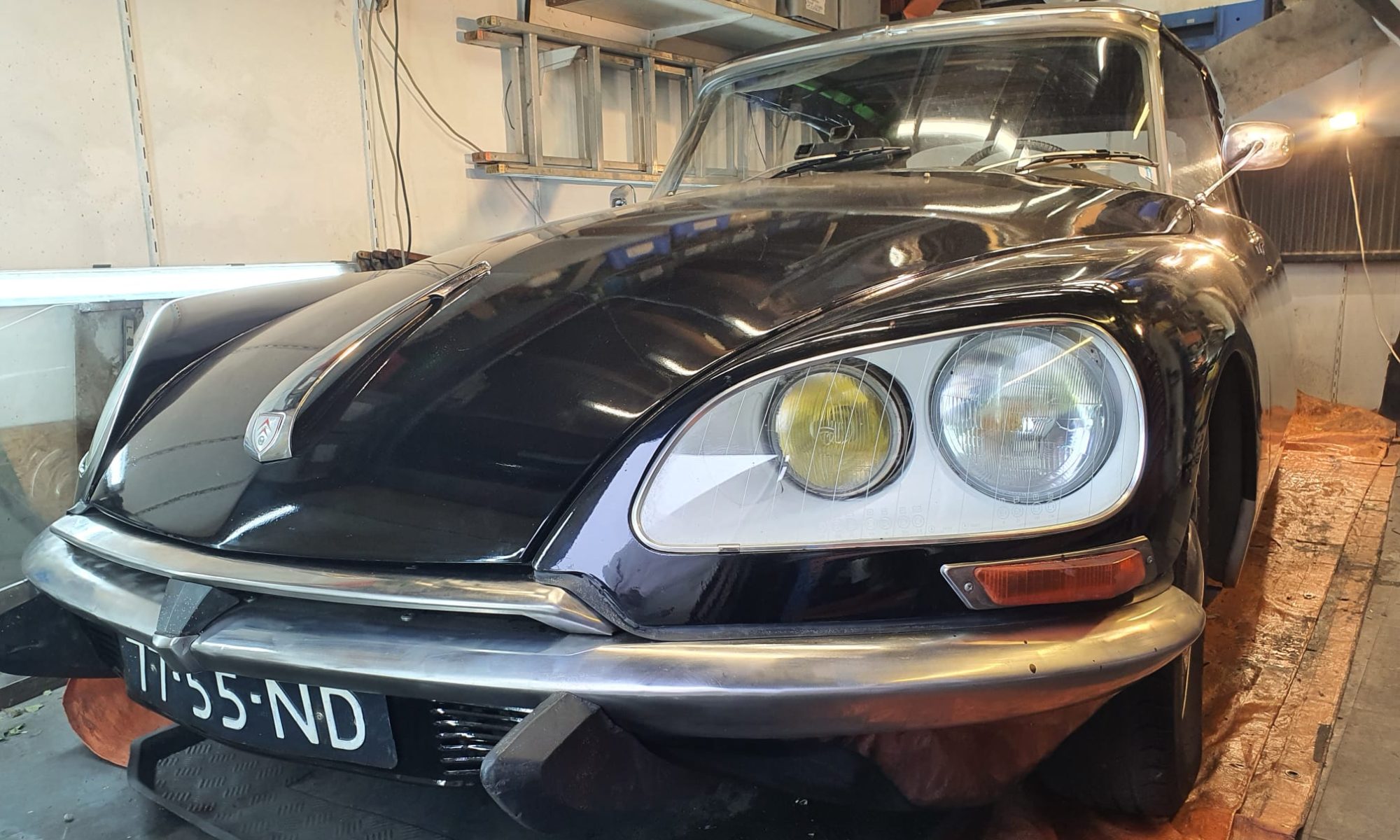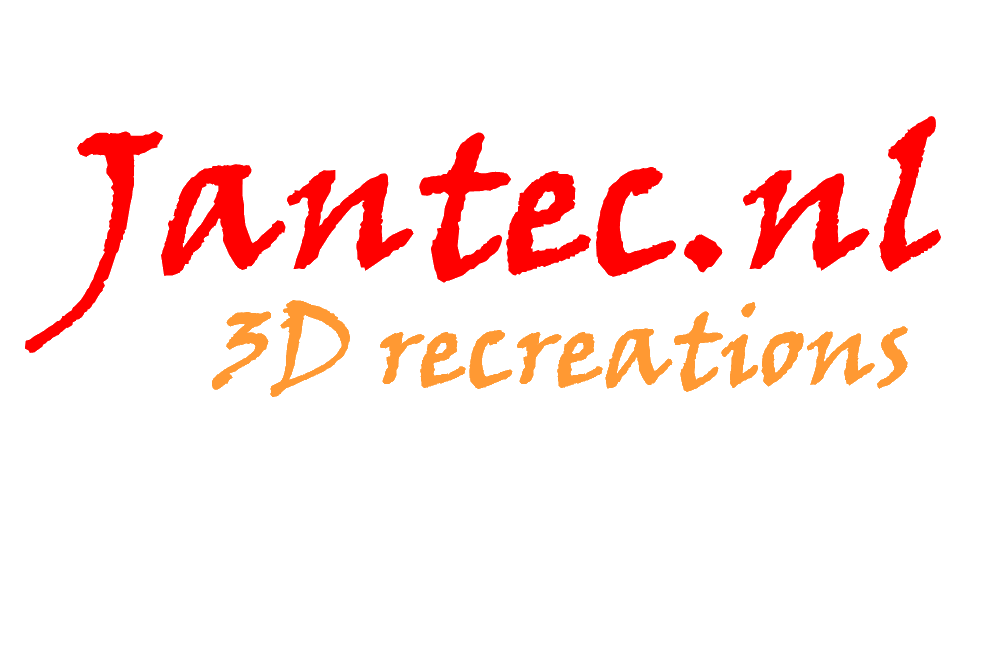3D printing became a hot item around 2016, and quite a few 3d printing machines have been sold over the years. But, at some point it seems that the use for products from these machines has faded away.
Due to the availability of 3D printers and the fact that these printers are getting better and are producing prints with better quality as they evolve over time, more applications have been developed.
In this article I will sum up a couple of these new areas in which 3D printing became a driver for new developments, which are sometimes just scratching the surface of possible future developments.
- Dental products. For over 40 years , dentists are using Services from laboratories to produce Ceramic protheses for teeth. The base for this is a mould, taken from the patient. I recall that this was indeed not a very pleasant process for the patient. This process was time consuming and it required also some adjusting and fine-tuning at delivering the protheses at the right place. Currently all dentists are either producing the protheses themselves or use online deliveries that are mostly available with a production- and delivery time of less than 4 hours. the process starts with a 3d-scan from the patient’s mouth, compared with (if available) older pictures and/or X-rays. All is fed into a normal PC, and the software makes the 3d print data. After that, printing the protheses is quite simple with the new ceramic printable filaments. Placing the protheses with UV-herdening glue means that someday we will be able to do this at home. Although the prepping of the place to put the protheses will still be done by a dentist, I presume.
- Technical parts. For many tehnological industries the availability of 3D printers has made it possible to have faster development processes of new parts and applications, You can think of modeling new tools, household objects, cars and -parts, and so on. Since new materials can be printed like aluminium, copper, gold, silver and carbon much is possible. After the developments has produced a complete product, mass-production can start and for this, the 3D design files can be handed over to make the work easy.nn In this way both time and money is saved.
- Art. Maybe not the most obvious development yet, but lately I ran into some artists whom actually used 3D printing in most expressive ways, as art may do. If you check the internet for this, some interstingexamples can be found.
- Medical developments. Since 2017, a new development achieved the ability for 3D printed parts to shrink and expand, based on the printed structure. Read this article about self-folding materials
- Fun printing. Many hobbyists are printing 3D objects just for fun. To add-on applications to their 3D printer, build new ones or print household applications.

